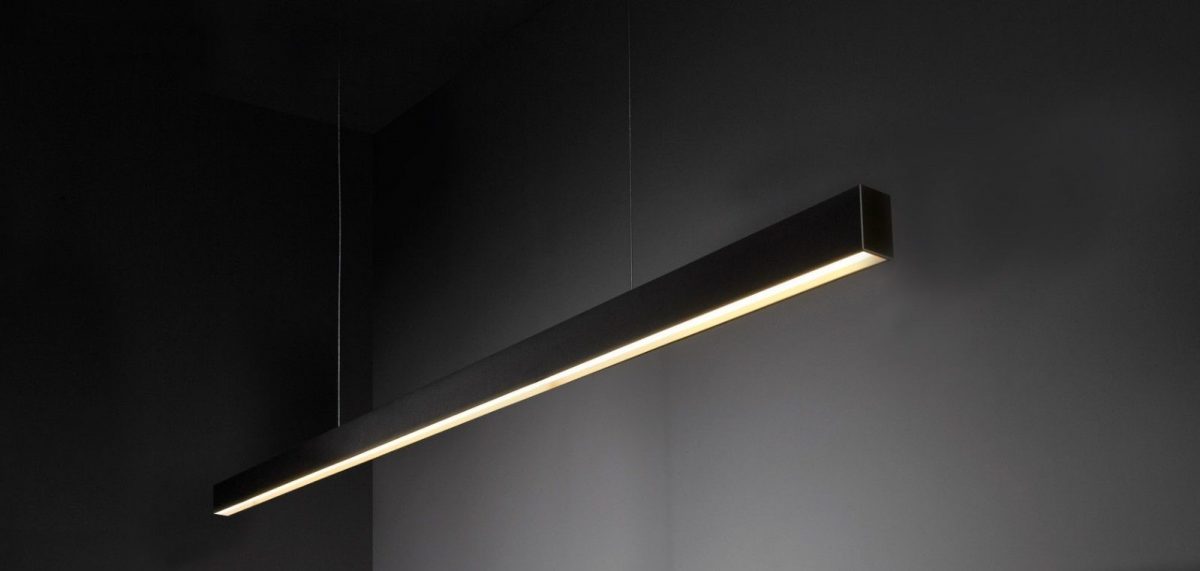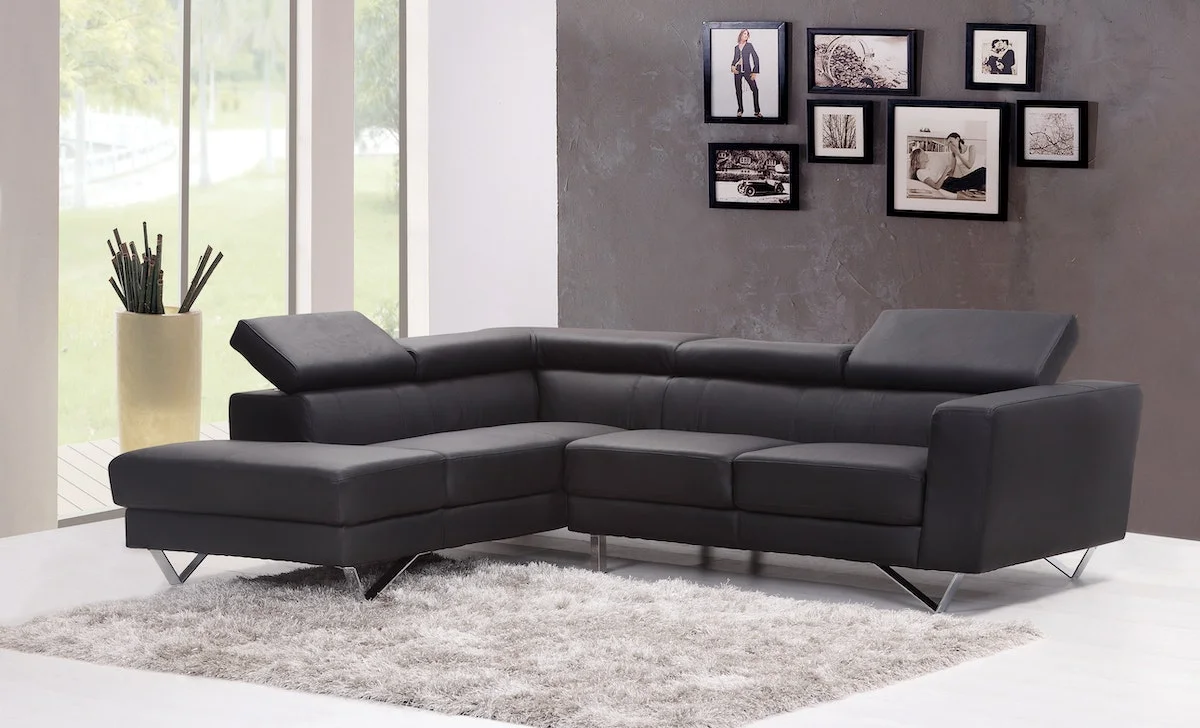Artwork for Interior: Artwork plays a vital role in transforming a house into a home, adding personality, and creating a sense of style and ambiance. Whether you’re a seasoned interior designer or someone looking to enhance the aesthetics of your living space, understanding how to select and incorporate artwork can make a significant difference. In this article, we will explore various aspects of artwork for interior design and provide you with practical tips to make the most out of your artistic choices.
1. Introduction
When it comes to interior design, art is more than just a decorative element. It has the power to evoke emotions, tell stories, and reflect your individuality. Whether you prefer abstract paintings, vibrant photographs, or intricate sculptures, art can be a medium through which you express your personal taste and create a visually captivating environment.
2. Understanding the Importance of Artwork in Interior Design
Artwork adds depth, character, and a unique touch to any interior space. It serves as a conversation starter, drawing attention and sparking intrigue. By carefully selecting and placing artwork, you can create focal points, enhance specific areas, and establish a cohesive design concept that resonates with your desired atmosphere.
3. Choosing the Right Artwork for Your Space
3.1 Determining the Style and Theme
Before selecting artwork, it’s essential to determine the style and theme of your space. Consider the overall design aesthetic and the atmosphere you want to create. Are you aiming for a modern, minimalist look or a cozy, rustic feel? Understanding your style and theme will help you choose artwork that aligns harmoniously with the rest of your interior.
3.2 Consider the Size and Scale
Artwork should be proportionate to the size of the wall or space it will occupy. A large, bold piece might be suitable for a spacious living room, while smaller artwork could work well in a hallway or bathroom. Ensure that the scale of the artwork complements the surrounding elements and doesn’t overpower or get lost in the room.
3.3 Selecting the Right Colors
Colors can significantly impact the mood and energy of a space. Choose artwork that incorporates hues that complement your existing color scheme or add a pop of contrast. Consider the psychology of colors and how different shades can evoke different emotions. For instance, warm tones like reds and yellows can create a vibrant and energetic atmosphere, while cool blues and greens can promote calmness and relaxation.
3.4 Complementing the Existing Decor
Artwork should harmonize with the overall decor of your space. Take into account the existing furniture, lighting, and accessories. If you have a contemporary interior, you might opt for abstract or geometric artwork. For a traditional setting, landscapes or classical paintings could be more fitting. Ensure that the artwork enhances the visual cohesion of the room rather than appearing out of place.
4. Incorporating Artwork as a Focal Point
Artwork can serve as a captivating focal point in your interior design. Here are a few ideas on how to make artwork the centerpiece of your space:
4.1 Placing Artwork Above the Mantel
If you have a fireplace with a mantel, it’s an excellent opportunity to display artwork. Choose a piece that complements the style of the room and consider the size and shape of the mantel. You can hang a single large artwork or create a visually dynamic composition with multiple smaller pieces.
4.2 Creating a Gallery Wall
A gallery wall is a popular and versatile way to display multiple artworks. Choose a collection of paintings, prints, or photographs that have a common theme, color scheme, or style. Arrange them in an interesting layout, experimenting with different frame sizes and orientations. A gallery wall can add visual interest to a living room, hallway, or even a bedroom.
4.3 Using Artwork to Enhance a Statement Wall
If you have a specific wall that you want to highlight, such as one with architectural features or an accent color, consider using artwork to enhance its impact. Choose a piece that complements the wall’s color or design elements. It can be a large, eye-catching painting or a series of smaller artworks arranged in a visually appealing manner.
5. Enhancing Different Spaces with Artwork
Artwork can breathe life into various areas of your home. Here are some ideas for incorporating artwork into different spaces:
5.1 Living Room Artwork Ideas
In the living room, consider a statement piece above the sofa or on the main wall. It can be a bold painting, a striking sculpture, or a large-scale photograph. Choose artwork that reflects your personal taste and creates a focal point that draws attention.
5.2 Bedroom Artwork Ideas
The bedroom is a sanctuary where you can express your personal style. Select artwork that promotes relaxation and tranquility. Abstract paintings with soothing colors or nature-inspired prints can create a serene ambiance. Consider placing artwork above the headboard or on empty walls to add visual interest.
5.3 Kitchen and Dining Area Artwork Ideas
The kitchen and dining area are often overlooked when it comes to artwork, but they offer great opportunities to add visual appeal. Consider hanging artwork on the walls near the dining table or breakfast nook. Opt for pieces that relate to food, culinary themes, or vibrant colors that energize the space. Still-life paintings or food photography can create a welcoming and appetizing atmosphere.
5.4 Office and Workspace Artwork Ideas
Artwork in your office or workspace can inspire creativity and productivity. Choose pieces that motivate you and reflect your professional interests. Abstract art with bold colors or motivational quotes can be great choices. Consider placing artwork above your desk or creating a small gallery wall to personalize your workspace.
6. Selecting the Right Frames and Display Options
Choosing the appropriate frames and display options can enhance the overall impact of your artwork. Here are some considerations:
6.1 Choosing the Appropriate Frame Material
Frames come in various materials, such as wood, metal, or acrylic. Consider the style of your artwork and the overall decor when selecting the frame material. A classic wooden frame might work well for a traditional painting, while a sleek metal frame can complement a contemporary piece.
6.2 Exploring Different Frame Styles
Frames are available in different styles, from ornate and decorative to clean and minimalist. Choose a frame style that enhances the artwork without overpowering it. For a cohesive look, you can use the same frame style for multiple pieces in a gallery wall.
6.3 Consider Alternative Display Options
Besides traditional framing, explore alternative display options such as floating frames, canvas wraps, or shadow boxes. These options can add a unique touch to your artwork and create a modern and stylish presentation.
7. Tips for Proper Artwork Placement
Proper placement of artwork is crucial for creating visual harmony and balance. Here are some tips to consider:
7.1 Finding the Right Height
Hang artwork at eye level for optimal viewing. The center of the artwork should be at approximately 57-60 inches (145-152 cm) from the floor. However, this can vary depending on the height of your ceilings and furniture. When creating a gallery wall, maintain consistent spacing between the pieces for a cohesive look.
7.2 Balancing Artwork with Furniture
When hanging artwork above furniture, ensure there is enough space between the top of the furniture and the bottom of the artwork. Ideally, there should be a 6-8 inch (15-20 cm) gap to prevent the arrangement from feeling cramped. Maintain a visual balance between the artwork and the furniture beneath it.
7.3 Creating Visual Harmony
Consider the overall composition of the room when placing artwork. Pay attention to the colors, shapes, and sizes of the surrounding elements. Aim for a sense of visual harmony by arranging artwork in a way that complements the furniture, lighting fixtures, and architectural features.
8. Maintaining and Protecting Your Artwork
To ensure the longevity and beauty of your artwork, proper maintenance and protection are essential. Here are some tips to consider:
8.1 Cleaning and Dusting Techniques
Regularly dust your artwork using a soft, lint-free cloth or a gentle brush. Avoid using water or harsh cleaning agents, as they can damage the artwork. If you’re unsure about cleaning a particular type of artwork, consult a professional conservator.
8.2 Handling and Transportation Precautions
When handling or moving artwork, use clean hands or wear cotton gloves to prevent transferring oils or dirt onto the surface. If transporting artwork, wrap it in acid-free tissue paper or bubble wrap, and secure it in a sturdy container to prevent damage.
8.3 Protecting Artwork from Sunlight and Humidity
Sunlight and humidity can cause irreversible damage to artwork. Avoid hanging artwork in direct sunlight to prevent fading and discoloration. If sunlight exposure is unavoidable, consider using UV-protective glass or acrylic for framing. Additionally, maintain a stable humidity level in the room to prevent warping or moisture damage to the artwork.
9. Showcasing Personal Collections and Unique Artworks
Artwork allows you to showcase your personal style and interests. Here are some ideas for displaying personal collections and unique artworks:
9.1 Curating Your Own Art Collection
Consider curating your own art collection by collecting pieces that resonate with you. Explore local galleries, art fairs, and online platforms to discover emerging artists or unique artworks. Create a curated display that reflects your personality and tells a story through the artwork you choose.
9.2 Mixing and Matching Different Art Styles
Don’t be afraid to mix and match different art styles to create an eclectic and visually captivating display. Combining traditional and contemporary artworks or blending different mediums can add depth and intrigue to your interior. Experiment with unexpected pairings to create a dynamic and personalized art arrangement.
9.3 Supporting Local Artists and Artisans
Supporting local artists and artisans not only adds a unique touch to your interior but also contributes to the artistic community. Explore local art galleries, craft markets, and online platforms that promote independent artists. By purchasing their artwork, you not only bring a special piece into your space but also support the growth and sustainability of the art industry.
Photo by Pixabay


